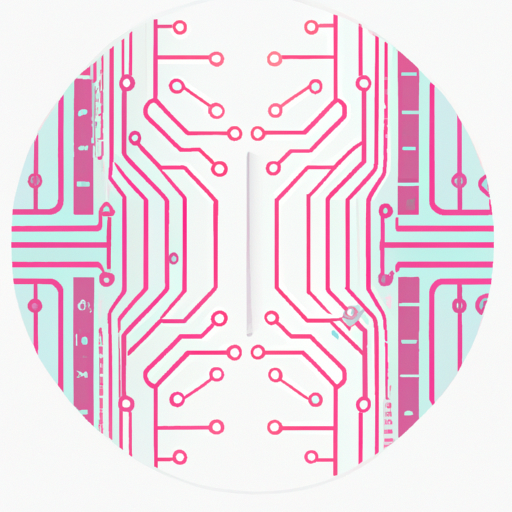Timestamps in Databases
By:
Vineet Puranik
On
10/04/2023Reading time:
8 min
In computing systems, a timestamp denotes a specific point in time, serving as a means to track the occurrence of events. Comprising date, time, and seconds, timestamps offer additional precision, extending to milliseconds or microseconds. Timestamps are commonly employed in logging, auditing, version control, synchronization, and performance monitoring.
To facilitate rapid access patterns for querying, indexing, and comparing timestamps of various events, databases must effectively and accurately persist timestamps. This article examines the storage of timestamps in prevalent databases and elucidates the rationale behind the utilization of a standard mechanism for storing timestamps.
Storage of Timestamps
Predominantly, databases store timestamps as integers in the "Epoch UTC" format.
An in-depth exploration of the "Epoch UTC" format reveals how it uses integers to represent timestamps. "Epoch" refers to a starting point in time from which time's passage is measured. "UTC" (Coordinated Universal Time) is a globally standardized time synchronized with Earth's rotation, ensuring universal time independent of local time zones or daylight saving time changes.
Unix and Windows Epoch Time
Operating systems, which power various databases, employ different epochs. The Unix Epoch time is January 1, 1970, 00:00:00 UTC. A Unix Epoch UTC timestamp for a specific time instance represents the number of seconds elapsed since January 1, 1970, 00:00:00 UTC. For example, March 12, 2023, 21:08:26 UTC, represented as "1678658906" in Unix Epoch UTC, is the number of seconds elapsed from the Unix Epoch time to that instance. Events requiring a timestamp of March 12, 2023, 21:08:26 UTC, will have the integer "1678658906" persisted in the database.
Databases utilizing Unix epoch UTC include MySQL, DynamoDB, PostgreSQL, Firebase, MongoDB, Couchbase, and Redis.
Conversely, Windows employs a distinct Epoch, set at January 1, 1601, 00:00:00 UTC. A Windows Epoch UTC timestamp for a specific time instance signifies the number of 100-nanosecond intervals elapsed since January 1, 1601, 00:00:00 UTC. Thus, March 12, 2023, 21:08:26 UTC, represented as "133231325060000000" in Windows Epoch UTC, is the number of 100-nanosecond intervals elapsed from the Windows Epoch time to that instance. Events requiring a timestamp of March 12, 2023, 21:08:26 UTC, will have the integer "133231325060000000" persisted in the database.
Databases utilizing Windows Epoch UTC include Microsoft SQL Server, Microsoft Access, and Microsoft Excel.
Advantages of Using Integers
Integers offer the following benefits:
Efficient storage: Representing epoch times as integers generally requires less storage space than strings or more complex data structures. This compact representation is crucial for databases managing large volumes of timestamp data.
Performance: Integer operations are faster and more efficient than string or date operations, enhancing performance and reducing processing overhead for comparisons, sorting, arithmetic operations, or range queries on epoch timestamps.
Simplicity: Integer representations of epoch times streamline the calculation of time intervals or differences between two timestamps, as subtracting two integers yields the time difference in the chosen unit (e.g., seconds, milliseconds).
Portability: Integer storage of epoch times guarantees a standardized and platform-independent representation, avoiding compatibility issues arising from platform-specific date and time formats or data exchange between systems with differing timekeeping conventions.
Uniformity: An integer-based representation of epoch times enables consistency across various programming languages, systems, and applications, facilitating data.
In conclusion, the use of integers to represent timestamps in databases offers numerous advantages in terms of storage efficiency, performance, simplicity, portability, uniformity, and time zone neutrality. By employing the "Epoch UTC" format, databases can effectively manage timestamp data, ensuring fast access patterns for querying, indexing, and comparing timestamps for different events. This approach provides a robust foundation for various applications and use cases that rely on accurate and efficient time management.
